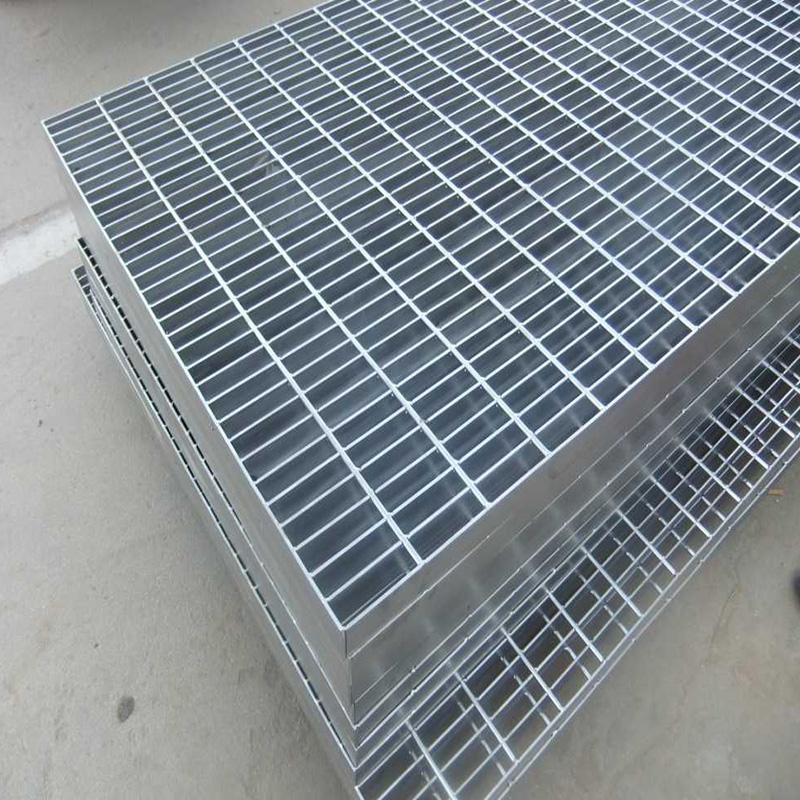-
+86 15030157877
-
sales@galvanizedmetalmesh.com
Dec . 23, 2024 19:44 Back to list
Hexagonal Wire Mesh Production Facility for Durable and Versatile Applications
The Evolution and Importance of Hexagonal Wire Mesh Factories
In the world of manufacturing, hexagonal wire mesh has become an essential product due to its versatility, strength, and applicability across various industries. From agriculture to construction, hexagonal wire mesh serves multiple purposes, making its production an increasingly significant industry. This article delves into the role and significance of hexagonal wire mesh factories, exploring their workings, products, and the impact they have on various sectors.
Hexagonal wire mesh, commonly known as chicken wire or hex mesh, is a type of woven wire mesh made of hexagonal wires. Its design allows for flexibility and strength, making it suitable for a wide range of applications. The hexagonal shape reduces the amount of material needed while still providing robustness, which is paramount in construction and agricultural settings. Factories dedicated to the production of hexagonal wire mesh focus on producing mesh that meets stringent quality standards and caters to specific client needs.
The manufacturing process in a hexagonal wire mesh factory begins with the selection of high-quality raw materials. Typically, low-carbon steel wire, stainless steel wire, or galvanized wire is used, depending on the end-use requirements. The wires are then drawn to specific diameters and are processed to achieve the desired tensile strength and flexibility.
The Evolution and Importance of Hexagonal Wire Mesh Factories
Once the hexagonal wire mesh is woven, it is typically coated to enhance its corrosion resistance and life span. The most common coatings used are galvanization, PVC coating, and powder coating. Galvanization involves coating the wire with a layer of zinc to prevent rust and corrosion. This process is vital for applications that expose the mesh to harsh environmental conditions. PVC and powder coatings not only offer additional protection but also improve the aesthetic appeal of the wire mesh, making it suitable for decorative purposes as well.
hexagonal wire mesh factory

The uses of hexagonal wire mesh are extensive. In agriculture, it is primarily employed for fencing livestock, protecting gardens from pests, and creating enclosures for poultry. Its lightweight properties make it easy to handle and install. In construction, hexagonal wire mesh is utilized for reinforcing concrete, creating composite structures, and serving as protective barriers. The mesh's strength and flexibility allow it to adapt to various forms, making it an ideal choice for a wide variety of construction applications.
Another area where hexagonal wire mesh proves essential is in landscaping and erosion control. It is often used to create retaining walls, protect soil from erosion, and support climbing plants. The aesthetic quality of the mesh makes it a favored choice for decorative fences and garden structures.
The economic impact of hexagonal wire mesh factories cannot be understated. These factories provide significant employment opportunities and contribute to local economies. They also foster innovation in manufacturing techniques and materials, driving advancements in production efficiency and product quality. The increasing demand for versatile construction materials and eco-friendly products continues to propel the growth of hexagonal wire mesh manufacturing.
In recent years, there has been a noticeable trend towards sustainability in manufacturing processes. Many hexagonal wire mesh factories are adopting green manufacturing practices, such as reducing waste, recycling materials, and using eco-friendly coatings. This not only helps in reducing the environmental footprint but also appeals to environmentally conscious consumers who prioritize sustainable products.
In conclusion, hexagonal wire mesh factories play a crucial role in various industries by providing essential materials that meet diverse needs. The intricacies of the manufacturing process—from raw material selection to weaving and coating—ensure that high-quality, durable products reach the market. As demand for hexagonal wire mesh continues to grow, the factories responsible for its production will undoubtedly remain integral to both regional economies and the broader industrial landscape. Their commitment to quality and sustainability will drive the future of this versatile material, making it an indispensable part of modern manufacturing.
-
Premium Welded Gabion Mesh | Robust & Eco-Friendly
NewsJul.31,2025
-
Premium Eco-Friendly Roof Tiles | Affordable & Durable
NewsJul.31,2025
-
Premium Roof Tiles for Durable & Stylish Roofing Solutions
NewsJul.30,2025
-
High-Quality Roof Tiles for Durable & Stylish Roofing Solutions
NewsJul.29,2025
-
High Quality Square Wire Mesh Manufacturer & Supplier for Wholesale
NewsJul.29,2025
-
Premium Roof Tiles for Durable & Stylish Roofing Solutions
NewsJul.29,2025



